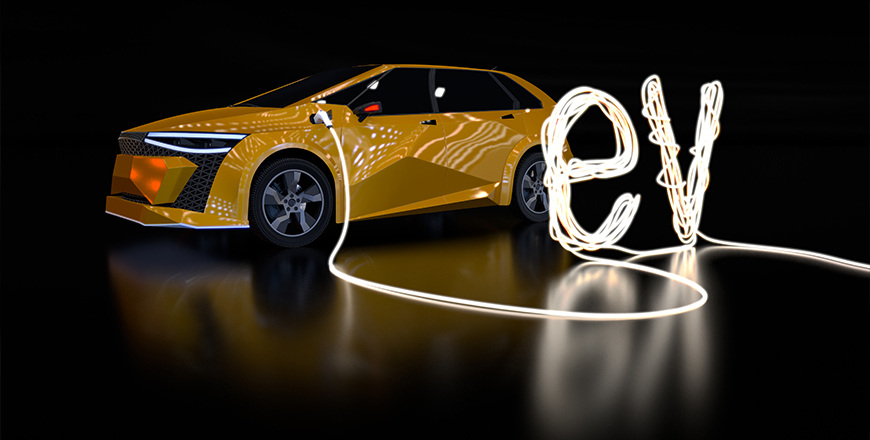Industry Focus
- Home
- Investment Opportunities
- Latest Information
- Industry Focus

The Korean automobile industry regained the world’s top 5 position, behind China, the US, Japan, and Germany, producing 3.51 million units in 2020. This was attributable to the fact that production in India and Mexico, which once had surpassed Korea, contracted significantly, while Korea performed relatively well in the domestic market and exports. The automobile industry is a flagship industry of Korea, accounting for 11.5 percent of Korea’s manufacturing employment, 12.7 percent of production, and 12.1 percent of total exports as of 2020. As the automobile industry has great upstream and downstream effects, employment increases up to 1.9 million, accounting for 7.1 percent of total employment, and if parts and materials, sales and repair, and service utilization are included in addition to automobile production, it plays a pivotal role in the Korean economy. Depending on the success of transition in the mobility industry in the coming days, it will have a great impact on not only the status of the industry but also the Korean economy as a whole.
Korea’s automobile industry undergoing a process to become differentiated, luxurious, and electrified
Readjustment of sourcing structure of parts and materials, in response to global supply disruption
In the case of Korea, the supply of wiring harness from China was stopped in February 2020, and the supply of semiconductors for vehicles was disrupted in 2021, resulting in partial disruption to production. In response, the Korean automobile industry exercised flexibility in resolving problems by diversifying supply sources of wiring harness from China to Thailand, Vietnam, and Indonesia, among others. In the case of semiconductors for vehicles, it has strengthened solidarity with major makers, including Infineon, NXP and Renesas, and pursued the strategy of creating a new ecosystem through joint research and investment with domestic system semiconductor companies.
Meanwhile, there is another emerging issue: rising prices and supply problems of rare metals, including lithium, nickel, cobalt, and neodymium, necessary for motors and batteries of electric vehicles. As reliance on such metals from China is high, there is a possibility for resource weaponization such as China’s export control, which becomes a cause for concern. The Korean automobile industry and government plan to pursue a policy that induces overall reorganization of the global value chain by preventing risks such as supply shocks in advance and lowering reliance of specific parts and materials on a few countries.

2020 Carbon neutrality and 2030 zero emission vehicle distribution
The Ministry of Environment confirmed the ‘2050 Carbon Neutrality Plan’, ‘2030 National Greenhouse Gas Emission Reduction Target’ in October 2021. Accordingly, the Carbon Neutrality Commission confirmed the cumulative number of Zero Emission Cars distribution at 4.5 million including 3.62 million EVs and 880,000 hydrogen cars, while increasing the number of hybrid cars to 4 million, in the 2030 transport sector. To achieve these goals, it will implement government-wide specific support measures.
- Global No.1 in distribution of EVs and hydrogen cars & achieve 10 percent global market share
*The share of EVs and hydrogen vehicles sales: (2022) 9.9 percent →(20;25)18.3percent →(2030)33.3 percent - Launch Level 3 self-driving vehicles in 2021, The 1st commercialization of Lev.4 autonomous cars on major roads (2027)
- 2050 greenhouse gas emission target in the transport sector: 35 percent reduction compared with 2018
* Carbon Neutrality Commission’s target for cumulative distribution of zero-emission cars: Distribution of 3.62 million EVs and 880,000 hydrogen cars out of total cars (27million) in 2030
Expect a leapfrog of Korean cars in the post-COVID-19 era
By Jun Kyu Kim, Vice President (junkim@kama.or.kr)
Korea Automobile Manufacturers Association
<The opinions expressed in this article are the author’s own and do not reflect the views of KOTRA>










